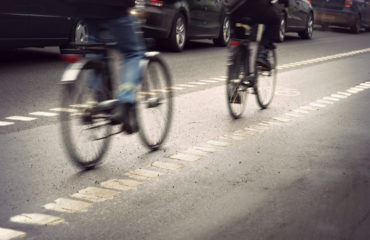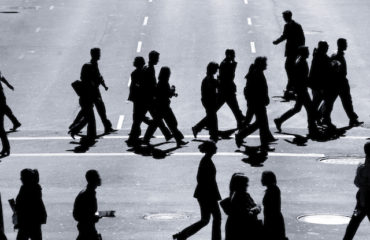Do you live somewhere in the Northern Hemisphere?
Do you drive to work or to visit family or friends by car?
Do you prepare for unpleasant surprises?
It is clearly winter in the northern part of the globe: ice storms, snowstorms, and extreme cold. And remember, officially we are only in the first few weeks of winter. For many, wintertime means traveling where roads are icy or the road shoulder is packed with snow. If you have a flat tire are you prepared? If you slide off into the ditch, can you remain safe until help arrives?
Out For a Spin
Several years ago I was traveling home from a Detroit Piston’s Basketball game. Unfortunately while at the game, the temperature dropped and the rain that had been coming down turned to ice. While I have traveled on a lot of wintery roads, this one was a real challenge. I had 75 miles to travel, and I saw cars in the ditch on both sides on a regular basis. As I finally neared my exit, with only a mile to go, my slow movement into the lane for the exit resulted in my car spinning around. After a couple of 360s, I ended up in the ditch. Fortunately, it was a slow motion spin with no cars near me; there were no injuries, but now I was stuck in the snow.
As it turned out, I was very near a business and I was able to walk to it and call for a tow truck. (This was before cell phones.) After a bit of a wait, (naturally it was a busy night for the tow trucks that night) the truck arrived, pulled me out and I got home safe and sound. But it made me realize the need to be prepared. Are you prepared? Do you have an emergency kit in your car? Remember: cell phone coverage is not 100% guaranteed every place, every time. Even if you do get through, help may still be miles—and many minutes or hours–away.
Your Emergency Kit
An emergency kit is something that can be useful throughout the year, but it is especially important during this time of extreme weather conditions. The best news is that the kit is something you can easily create after a quick trip to the local Target or Meijer (for those of you in the northern mid-west). Some important items in your emergency kit include:
- A small shovel (consider a camping shovel so it is compact)
- Windshield scraper and small broom
- Emergency battery radio
- Flashlight with extra batteries (consider reversing the batteries when it is not in use to prevent accidental burnout)
- Extra food and water, such as snack food including energy bars
- Matches and small candles
- Extra hats, socks and mittens
- Chemical hand warmers
- First aid kit with a pocket knife
- Necessary medications
- Blankets or a sleeping bag
- Tow chain or rope
- Road salt, sand, or cat litter for traction
- Booster cables
- Emergency flares and reflectors
- Fire extinguisher
- Duct tape
- Fluorescent distress flag and whistle to attract attention
- Bright cloth (to be visible in the day)
- Clean rags
- Cell phone adapter to plug into lighter
- Pen/Pencil and paper (to leave a note on the windshield should you leave your car, saying where you have gone.)
Additional Considerations
Also, it is important to always have a rescue tool that can easily break a car window or cut the seat belt webbing if a crash occurs. These can be purchased on-line, many for under $10.
Remember that any kit will vary depending on the season and your location. For example, if you are in a wooded area, a compact bow saw may be useful. Also, it may be helpful to have spare trash bags. They can be used as a simple ground cover when changing tires.
As flat tires are a major factor in creating an emergency situation, make sure your tires are at the right psi on a regular basis and that the spare tire is in the car, properly filled, with the jack and lug wrench also at hand. For a minor puncture, foam tire sealant may be useful to get back on the road quickly, but you should know that many tire shops refuse to repair a tire “repaired” with the foam because of the residue left inside.
Driving can be a challenge, depending on the weather, the road conditions, the condition of the car, and the skills of the driver. This is true whether it is an icy freeway or a clear road with bright sun. But an emergency kit can provide some peace of mind. To paraphrase the words of a WWI marching song: Pack up your troubles in your old Emergency Kit and smile, smile, smile. Being prepared for that worst-case situation is road-smart, and life-saving.
What items to you have in your emergency kit? Let me know in the comments below.








